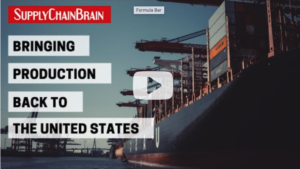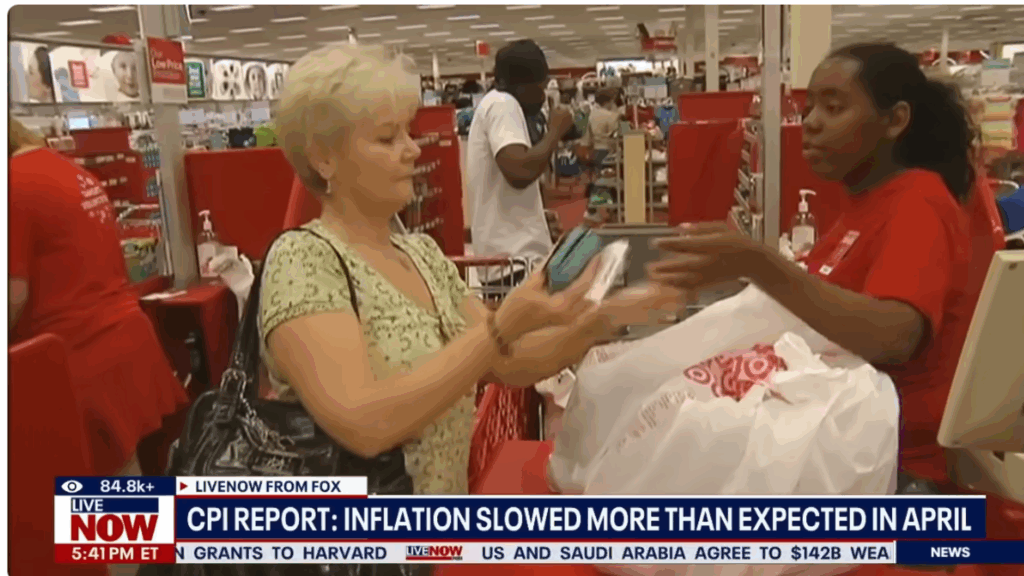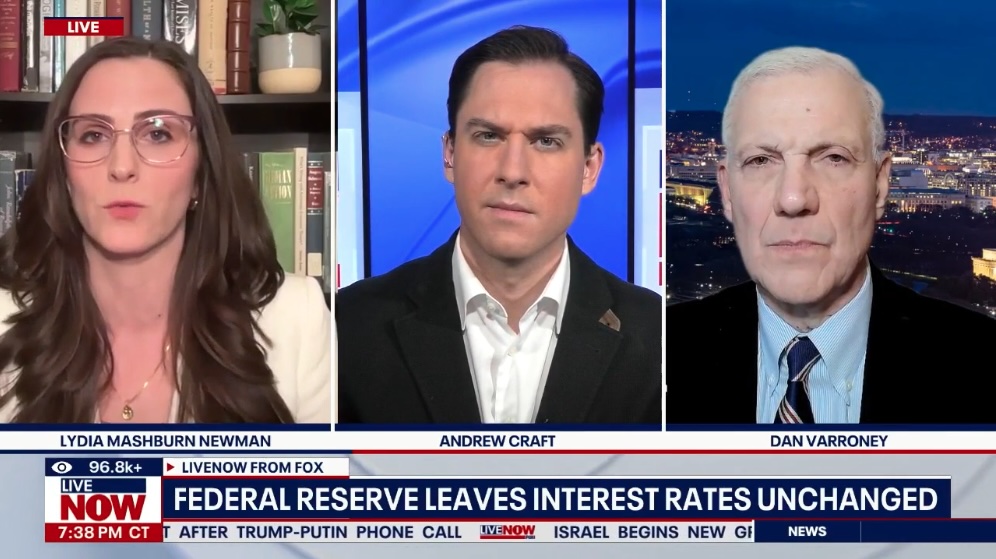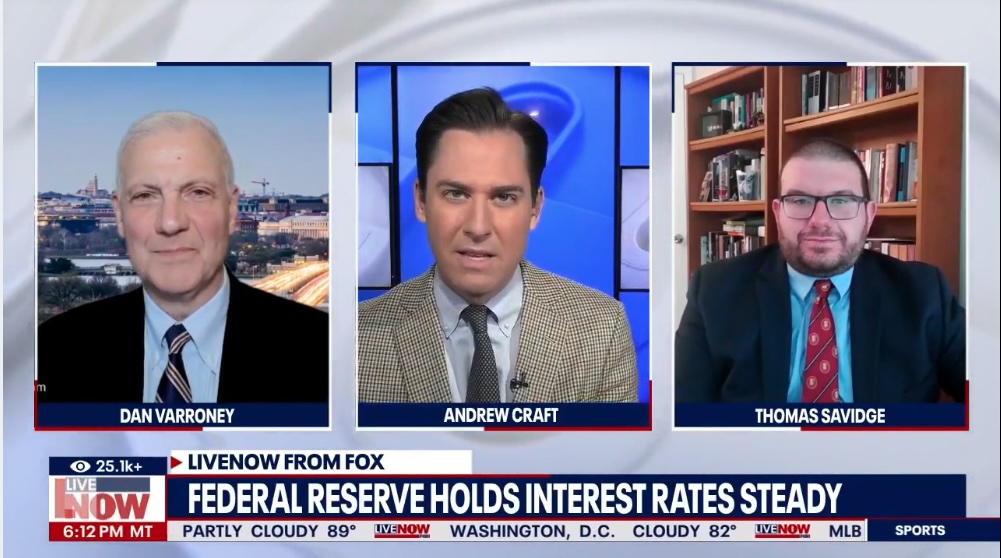Robert J. Bowman, SupplyChainBrain
A discussion about the steps that industries must take, in partnership with trade associations, to set the stage for reshoring production back to the U.S., with Dan Varroney, founder of Potomac Core Consulting and author of Reimagining Industry Growth: Partnership Strategies in an Era of Uncertainty.
How feasible is the concept of reshoring manufacturing back to the U.S.? “It’s a question minus a strategy,” says Varroney. Supply chain strategy today is focused on individual companies rather than industries. As a result, they exist in silos that prevent planners from seeing opportunities for improvement.
Varroney urges adoption of a long-term strategic view that determines the best answer to the reshoring question by industry instead of by company. More specifically, he promotes the role of industry trade associations as “neutral ground,” by which companies can identify “pre-competitive” challenges and determine the best path forward for their supply chains.
Those pre-competitive challenges focus on elements that are common to all businesses within a given industry — most notably the problem of labor availability. With an estimated 12 million job positions currently going unfilled in the U.S., the idea of bringing back large manufacturing operations isn’t feasible in the short term. What’s needed, says Varroney, is for businesses to join with their trade associations to identify parts of the country that might provide fertile ground for manufacturing operations, then work to develop and promote local education systems so as to generate a supply of trained and skilled workers needed to staff the factories.
Equally crucial to create is an infrastructure of local suppliers across multiple tiers, to support manufacturing. Adopting a “pre-competitive spirit,” companies and trade associations must welcome suppliers to the table. “It’s critically important to bring everybody together to identify trained, skilled workers and where we can or cannot site,” says Varroney.








